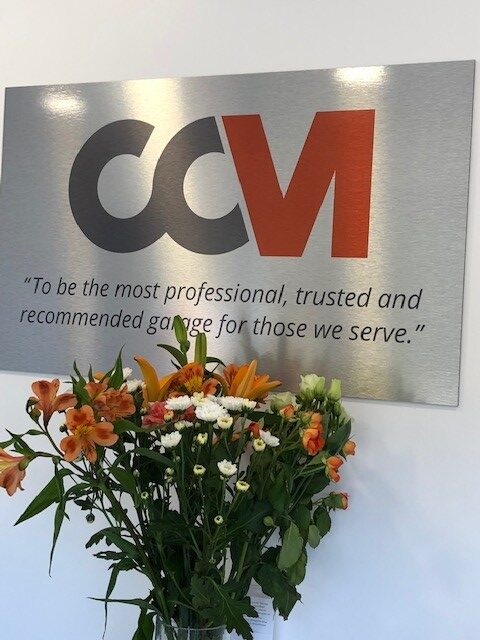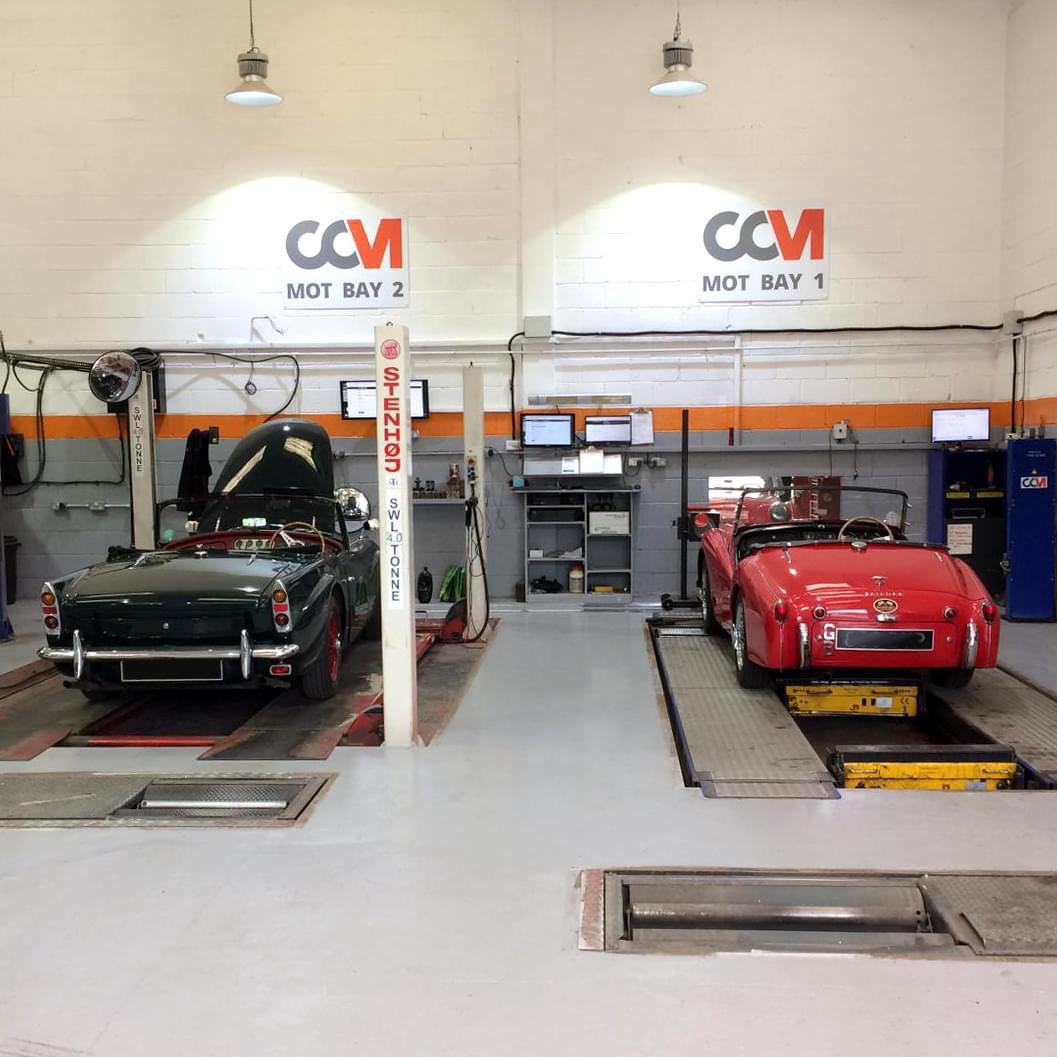Kindly written by Tina Drayson of CCM Garages.
This question comes up frequently as we all encounter difficult customers from time to time. Handling these situations effectively is crucial for maintaining good customer relations. Here is the best way to deal with a challenging situation like this.
- Stay calm.
- Actively listen.
- Reiterate the issue.
- Ask for the customers ideal resolution.
- Investigate the complaint.
- Offer a resolution.
- Escalate if needed.
- Follow up.
Understanding Stressful Situations and Effective Customer Service
Performing perfectly under stressful circumstances can be incredibly challenging.
Let us delve deeper into what is really happening and how to manage these situations effectively.
Defensive Reactions
It is natural to become defensive and want to support and defend yourself and your company, which for many, feels like family. However, consider the customer’s perspective, whether they are angry or not. We often have no understanding of their day, circumstances, or stress levels. Their issue with us might not be important but it could be the final stressor that causes them to explode, making us the recipients of their stress and emotions.
Staying Calm and Active Listening
Staying calm and listening to understand can help calm an upset customer quickly. Here is how to practice active listening effectively.
- Ask Open Questions. Allow the customer to vent and express their concerns. Avoid distractions and do not start formulating responses while they are speaking.
- Reiterate and Acknowledge. Once the customer finishes, repeat back what they said to ensure you have understood their complaint fully.
Investigating Complaints
When investigating a complaint, remember that we all make mistakes, so do not assume nothing went wrong on your part. A no blame culture enables staff to admit mistakes before the customer mentions them, so try building this into your company structure. However, the customer is not always right.
Explain the process to the customer, stating that you need to investigate and will return with your findings. Ask for their preferred resolution to understand their expectations and provide a timeline for when things will happen.
Escalation and Follow Up
Know when and who to escalate issues to, as some issues may be beyond your knowledge and authority. This process should be outlined in your company handbook. Regardless of the issue, always follow up with the customer.

Maintaining Professionalism
Avoid discussing the customer and their behaviour with colleagues as this creates a negative environment. While it is natural to feel annoyed or frustrated, these feelings do not define the customer, and spreading negativity only influences others unfairly. These feelings are your emotions to manage.
Key Points to Consider
- Understanding Customer Types. Customers fit into two distinctive character types: task driven, or people driven.
- Task Driven. They may ask many detailed questions (eg, about time, parts, process) and need thorough information at every step. This does NOT make them a needy customer; it is a character trait.
- People Driven. They prefer casual conversation about non task related topics like weather or social.
- Response Strategy. Mirror the customer’s profile. Provide detailed information to task driven customers and engage in casual conversation with people driven customers.
- Self-Awareness and Response.
- Personal Stress. Your stress levels can affect your responses. If you are having a stressful day, take a moment to calm down.
- Desired Outcome. Remember that your response triggers a reaction which results in an outcome. Consider what outcome you desire.
- Body Language.
- Aggressive Customer Posture. If a customer shows aggressive body language (eg, leaning over the counter or desk, waving hands), your own body language can help alleviate tension.
- Calming Posture. Sit with hands on your lap or desk, slightly lean in to show attentiveness. Avoid crossing arms or leaning back, as these are defensive postures.
By implementing these strategies, you can better manage stressful customer interactions and maintain a positive, professional environment.
How about with Email Complaints?
Handling complaints via email requires a slightly different approach to ensure professionalism and effective communication. Here is how to manage these effectively.
- Do not react immediately. Take a few hours to calm down and think about your response. This helps you avoid emotional reactions and ensures a professional tone.
- Read the email thoroughly to understand the customer’s concerns fully. Pay attention to the details and underlying issues.
- Respond promptly to acknowledge receipt of the complaint. Let the customer know you are taking their issue seriously and will investigate further.
- Summarise the main points of the complaint in your response to ensure that you have understood correctly. This shows that you are hearing them and value their feedback.
- Inquire about what the customer would like as a resolution, to help manage their expectations.
- Take the necessary steps to investigate the problem thoroughly.
- Provide a clear and concise solution that addresses the customer’s concerns. Be specific about what actions will be taken.
- Escalate if needed.
- Follow up.
Though not that different from a face-to-face interaction, by following these steps, you can effectively manage the email complaints, (we call these customers, Keyboard Warriors), turning a potentially negative experience into a positive resolution for both you and the customer.
Conclusion
Effectively managing complaints and angry customers is crucial for maintaining customer satisfaction and trust. By carrying out the above, it demonstrates your commitment to customer service excellence. Remember that a professional, measured response can turn a negative experience into a positive one, fostering long term loyalty.
It is not that you made a mistake, it is how you dealt with it that matters.



